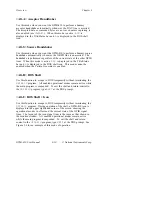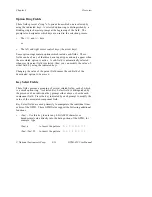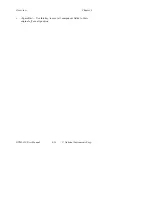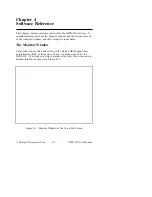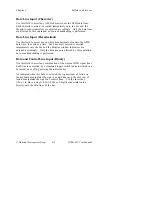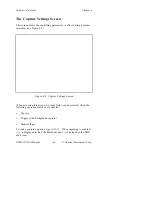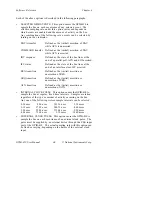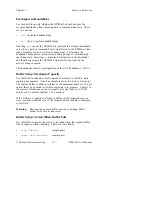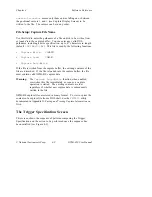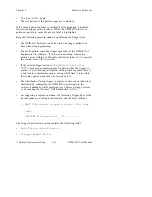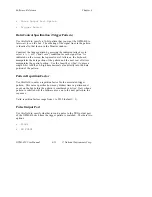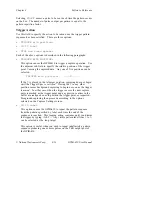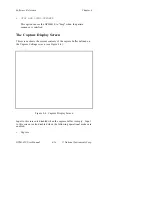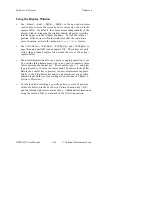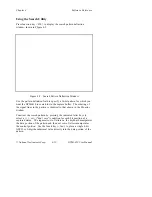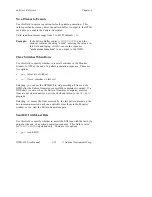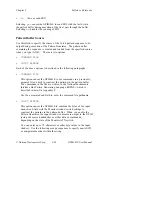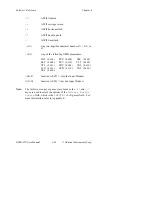
Chapter 4
Software Reference
© National Instruments Corp.
4-9
GPIB-410 User Manual
cursor-to-cursor
causes only those entries falling on or between
the positional cursors
1
and
2
(see Capture Display Screen) to be
written to the file. The cursors can be in any order.
File Setup: Capture File Name
Use this field to enter the pathname of a file on disk to be written from
or loaded into the capture buffer. You can enter any valid DOS
pathname, including a drive specification, up to 47 characters in length
(default =
GPIB410.CAP
). This file is used by the following functions.
•
Capture Write
<Alt-W>
•
Capture Load
<Alt-L>
•
Capture Auto-Write
If the file is written from the capture buffer, the existing contents of the
file are discarded. If the file is loaded into the capture buffer, the file
must contain valid GPIB-410 capture data.
Warning:
The
Capture Auto-Write
function, when enabled,
overwrites this file immediately as soon as a capture
operation is started. The existing contents are lost
regardless of whether new capture data is subsequently
written to the file.
GPIB-410 capture files are stored in binary format. To view or print the
contents of a capture file from a DOS shell, use the
FMT410
utility
documented in Appendix G, Saving and Viewing Capture Information on
Disk.
The Trigger Specification Screen
This screen shows the sequence of patterns composing the Trigger
Specification and the action to be performed once the sequence has
been satisfied (see Figure 4-3).


